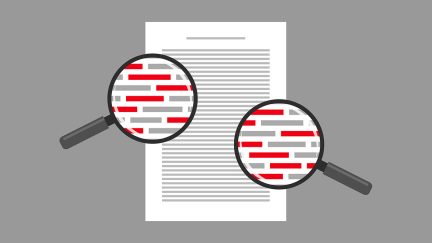Get more! Sign up for PLANSPONSOR newsletters.
Records to Keep for Loans and Hardship Withdrawals
“Even if you use a third-party administrator (TPA) to handle participant transactions, you’re still ultimately responsible for the proper administration of your retirement plan. Make sure you’re keeping up with the recordkeeping requirements,” the Internal Revenue Service (IRS) tells plan sponsors on its website.
Failure to have these records available for examination is a qualification failure that should be corrected using the Employee Plans Compliance Resolution System (EPCRS).
For hardship withdrawals, the plan sponsor should retain the following records in paper or electronic format:
- Documentation of the hardship request, review and approval;
- Financial information and documentation that substantiates the employee’s immediate and heavy financial need;
- Documentation to support that the hardship distribution was properly made in accordance with the applicable plan provisions and the Internal Revenue Code; and
- Proof of the actual distribution made and related Forms 1099-R.
The agency says it is not sufficient for plan participants to keep their own records of hardship distributions, and electronic self-certification is not sufficient documentation of the nature of a participant’s hardship. IRS audits show that some TPAs allow participants to electronically self-certify that they satisfy the criteria to receive a hardship distribution. While self-certification is permitted to show that a distribution was the sole way to alleviate a hardship, self-certification is not allowed to show the nature of a hardship.
A plan sponsor should retain the following records, in paper or electronic format, for each plan loan granted to a participant:
- Evidence of the loan application, review and approval process;
- An executed plan loan note;
- If applicable, documentation verifying that the loan proceeds were used to purchase or construct a primary residence;
- Evidence of loan repayments; and
- Evidence of collection activities associated with loans in default and the related Forms 1099-R, if applicable.
If a participant requests a loan with a repayment period in excess of five years for the purpose of purchasing or constructing a primary residence, the plan sponsor must obtain documentation of the home purchase before the loan is approved. Again, the agency says participant self-certification of loan eligibility is not sufficient.
This information and additional resources are available on the IRS website.


